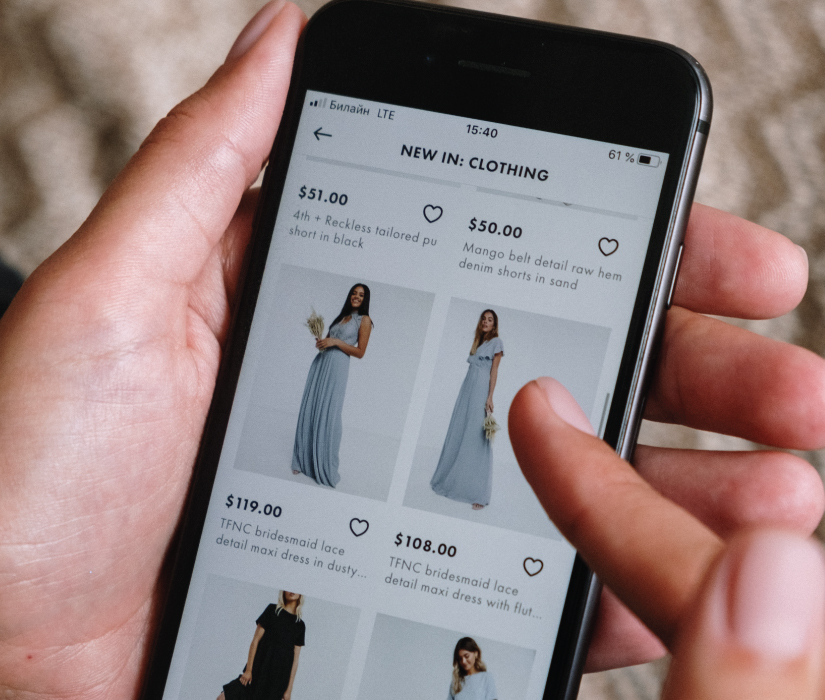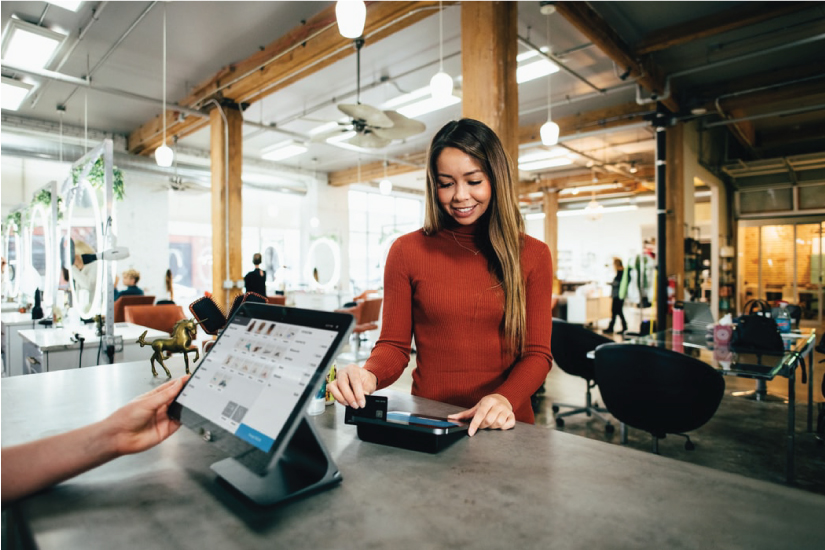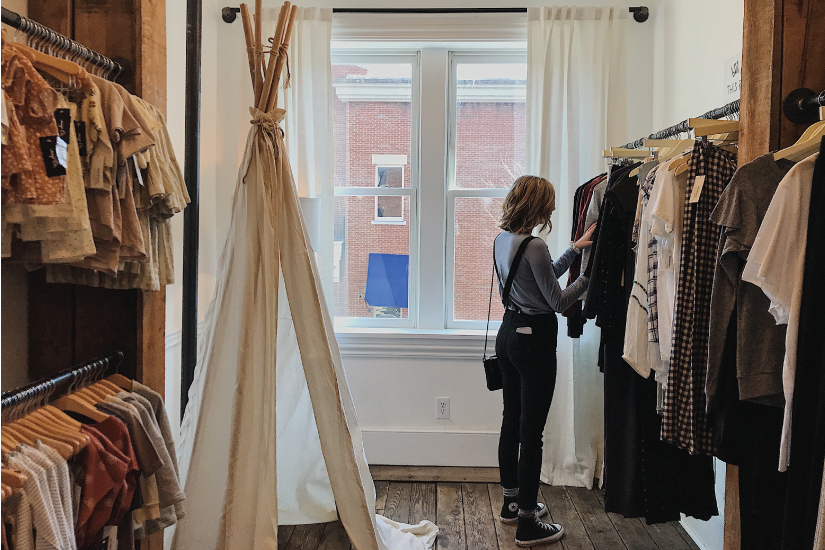The retail sector has experienced a slow shift over the past decade as omnichannel shopping became more prevalent. In 2020, this shift was necessary for survival. Retailers pivoted to provide their consumer base an exclusively online experience for most of the year. Now in 2021, retailers need to think about a new set of challenges as physical locations open back up. They need to ask themselves, “Does the online shopping customer experience mimic the in-person shopping experience? Does our brand identity come through clearly in both platforms? Are our physical locations still relevant? And what do we need to do to continue evolving?”

While online shopping has hit historic highs, the question on the necessity of physical locations remains. As retailers embrace their dual personalities in their business models, how can this be balanced in both worlds? The answer is simple, by decreasing the footprints of these retail spaces. Smaller footprints allow the retailer to achieve lower overhead costs in developing and maintaining the space as well as providing the customer with a localized feel. They can continue to provide the big box experience online, while maintaining the atmosphere that only the in-person experience can provide. Brands such as Target and Old Navy have successfully shrunk their footprint over the last few years.

Having the knowledge of the key elements each experience brings, retailers with existing footprints can begin to articulate these spaces with a different meaning to balance the two. The excess space can be used as a micro-fulfillment center, offsetting the need for a larger isolated warehouse. They can localize their product to the immediate area creating a community space around their customers. Brands such as Athleta and Lululemon have integrated this by providing their customers with Pilates and yoga classes. Landlords could have more space available to provide a diverse offering of retailers thus driving up foot traffic to their shopping centers. All these items would create a richer and diverse shopping experience for all parties.

The final piece to this integration is through the brand’s identity. Many retailers developed their online presence as a second venture, and this continues to cause a disconnected experience. Taking a step back to the big picture and determining the identity of each platform can allow the benefits of both to shine through. Online platforms can offer every product the brand has available whereas the physical location can use metrics to determine the customers’ demand for certain items. This customization and strategy will help retailers achieve a hyper-local feel of their built environment as the next generation is pushing the industry in this direction.
As retailers strive to be relevant, both online and in their physical locations, a clear brand identity is critical. Whether it’s through a smaller footprint or decisions based on data, retailers who have a strong identity and successfully merge these experiences will continue to be successful.
About the authors:
Jennifer Lehmkuhl Corkrean, AIA, LEED Green Assoc., is an Associate and Program Manager in our Kansas City office. Jennifer’s experience covers projects in the retail, commercial, grocery and mixed-use markets. She currently leads one of our retail client account teams, and is actively involved in all project phases, including design development and review, entitlement, construction documentation and administration, and coordination between engineering consultants and the client. Email her.



